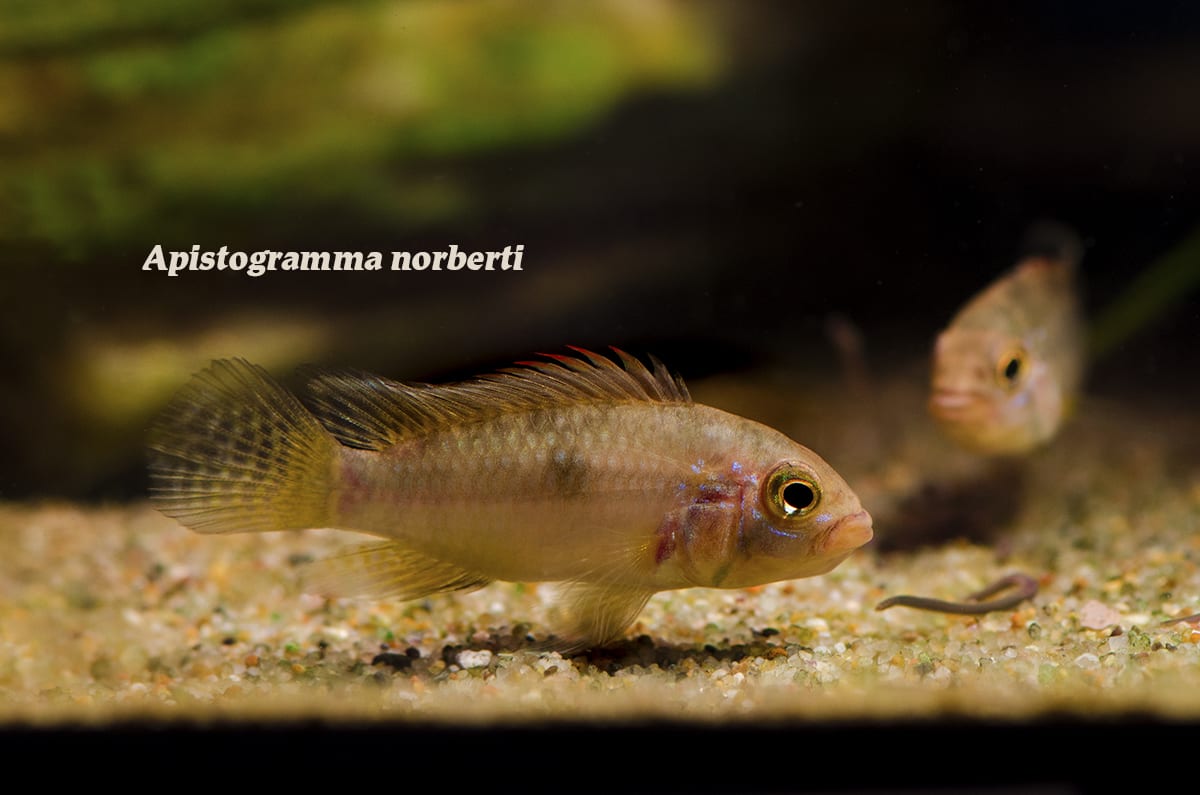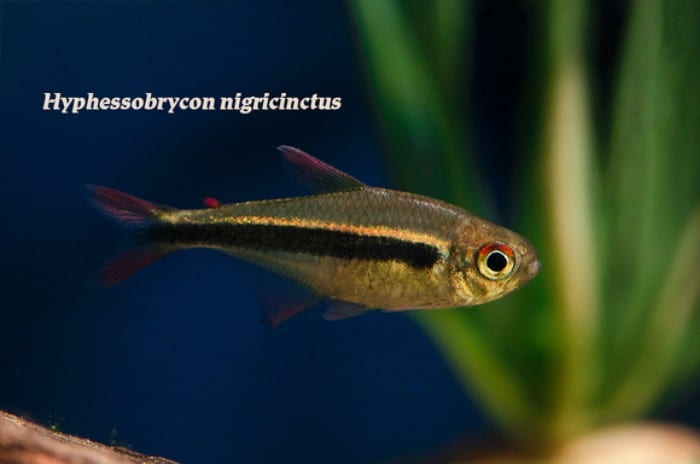The Aquarist’s New Groove
The Aquarist’s New Groove
Finding yourself in an aquarist’s lull? You could either let the calming sounds of the waves crash over you in perpetuity, or you can take a page out of Disney’s Peruvian Emperor Kuzko’s book and get your groove back. Speaking of Peru, did you know the land is known for its biodiversity, and multiethnic culture? With ample freshwater rivers and streams starting at the base of the Andes stretching through forests, jungles, high plains, becoming tributaries of the Amazon River, and draining into the epic Lake Titicaca, Peru is home to many exciting fish species perfect to spice up your tank life. Some of our favorite Peruvian pescids include Crenicara punctulatum, Apistogramma norberti, and Hyphessobrycon nigricinctus.
Scientific NameCrenicara punctulata
Common NameCheckerboard Cichlid
Temperature / pH73 to 80°F / 5.0 to 6.0 pH
Native LocationAmazon basin
Preferred DietOmnivorous
Found swimming near leafy and heavily planted sandy shores of forest creeks in the Amazon River basin and Madre de Dios River drainage is the curious C. punctulatum. Known more commonly as a “Checkerboard Cichlid”, these fish can bring transformative power into your life. As fry and juveniles, all individuals are female. Once they reach sexual maturity at 8 months, the largest female literally transforms into the male of the group. The rest of the females in the group lay about 200 eggs each, which stick to plant or rock substrate, the male fertilizes the eggs, and then all females become males after about a year. Reaching about 4 inches in length, these cichlids have elongated silver bodies with pointed heads, black checker-spotted pattern, and red accents on their fins. Peaceful when not breeding, these checkerboard cichlids are best kept alongside other peaceful fish like tetras, rasboras, and small catfish. Omnivorous by nature, these fish should be fed high quality cichlid pellets with regular live and frozen offerings, and the occasional supplementation of algae wafers or spirulina flake. Water conditions should be maintained with temperatures between 73 and 80°F, pH of 5.0 to 6.0, and hardness of 0-70 ppm.
Scientific NameApistogramma norberti
Common NameNone
Temperature / pH75 to 82°F / 4.5 to 6.5 pH
Native LocationPeru
Preferred DietSmall invertebrates
Another transformative species, A. norberti, sends “uncertain graphic signals” into their small jungle stream habitats of northeastern Peru. Reaching just over 2 inches in length, males have shimmering periwinkle flanks with yellow heads, and elongated spiny fins with red and black accents. Females are a bit smaller with canary yellow bodies and black striping with softer and less pronounced fins. They require dim lighting, plentiful shade, and hiding spots created from furnishings of the aquarists choice from ceramic pots and pvc pipe, to roots, branches, and driftwood. Additionally, tank set ups should include soft, sandy substrate, leaf litter, and peat filtration. Territorial and slightly aggressive, pairs are best kept alone, or alongside small dither fish, and should never be housed with other apistos. Carnivorous by nature, these apistos should be fed meat heavy diets with live and frozen offerings, however, they will learn to accept high quality dried meaty foods over time. Optimal water conditions include temperatures between 75 and 82°F, pH of 4.5 to 6.5, and hardness of 0-54 ppm.
Scientific NameHyphessobrycon nigricinctus
Common NameImperial Tetra
Temperature / pH70 to 80°F / 4.0 to 7.5 pH
Native LocationPeru
Preferred DietSmall invertebrates
Discovered from the Peruvian Rio Madre de Dios in 2005, H. nigricinctus, has brought regality to freshwater tanks ever since. Known as “Imperial Tetras”, these fish have are about 1.25 inches in length with shiny arrow-shaped bodies, a strikingly dark horizontal bar down their length, and red eyes. Schooling fish by nature, these tetras should be kept in groups of 8 or more in tanks of 15 gallons or more. Tanks should be equipped with sandy substrate, driftwood branches, roots, and tangles with dried leaves. Showing peaceful temperaments, they can be kept alongside a number of other species including Corydoras, Loricariids, other Tetras, Pencilfish, Bars, Killifish, Rasboras, and Hatchetfish. Easy, and breezy, feeding is as simple as high quality flakes and pellets, though regular live and frozen meals are gulped down graciously. Tank waters are best maintained with temperatures between 70 and 80°F, pH of 4.0 to 7.5, and hardness of 18 to 215 ppm.
Unlike Kuzko, you don’t have to turn into a llama to find your new groove. With the help of The Wet Spot, it could be as easy as getting some new and interesting fish- Peruvian in origin or not.


